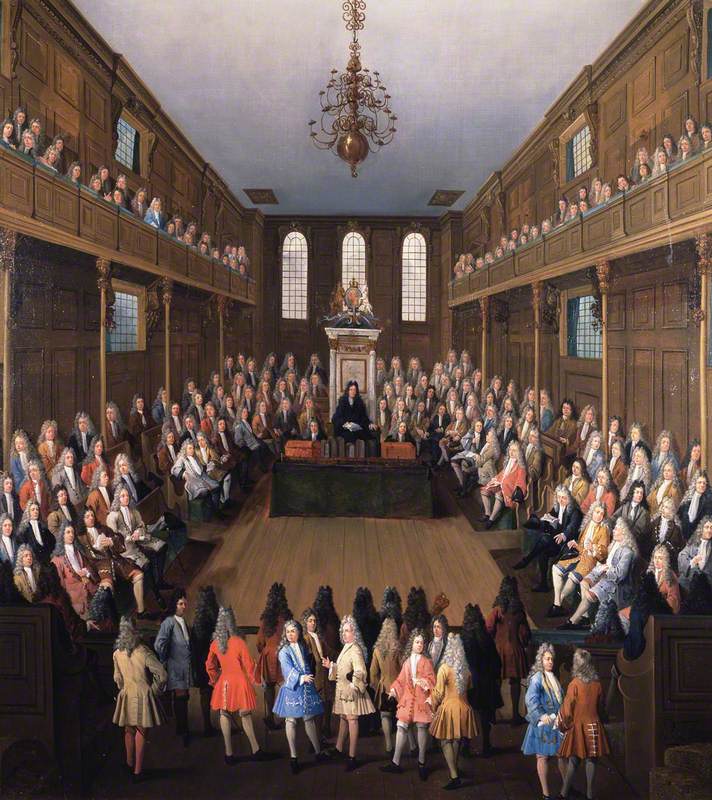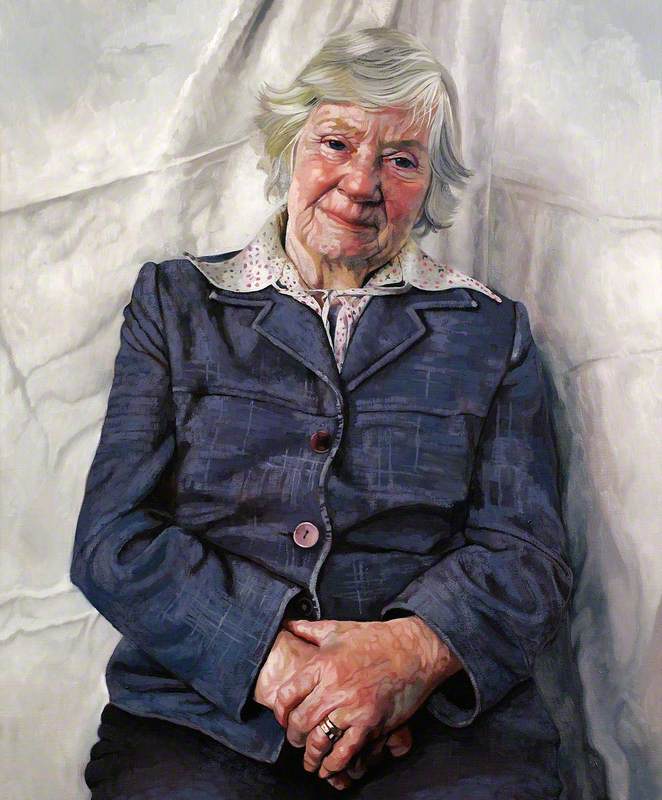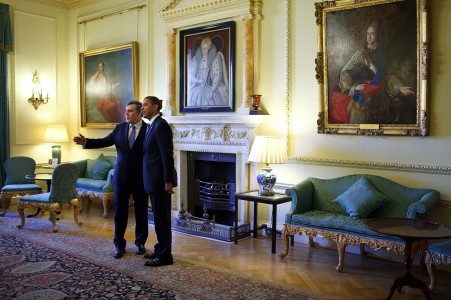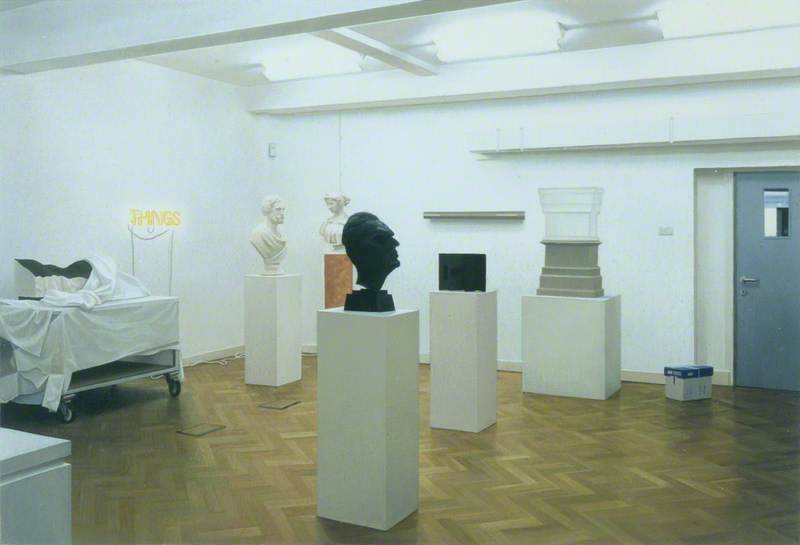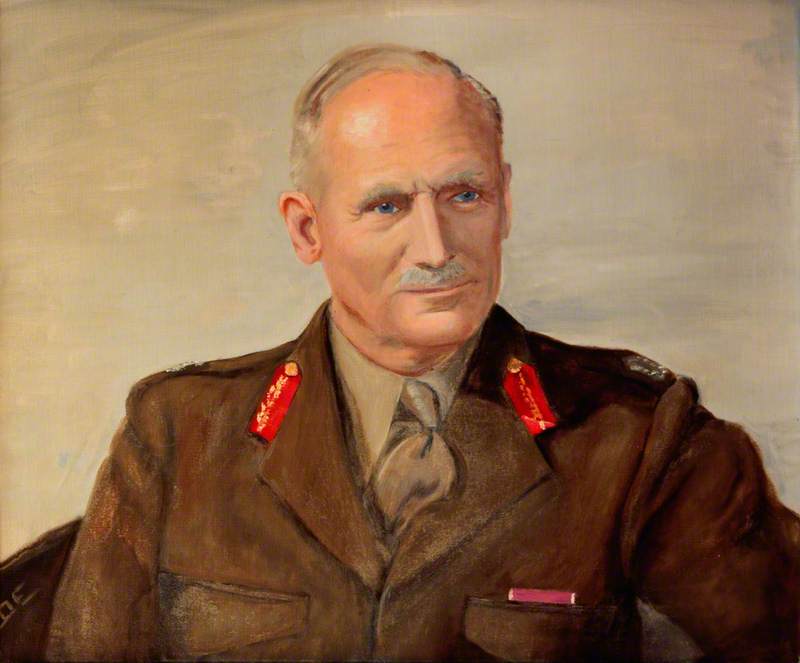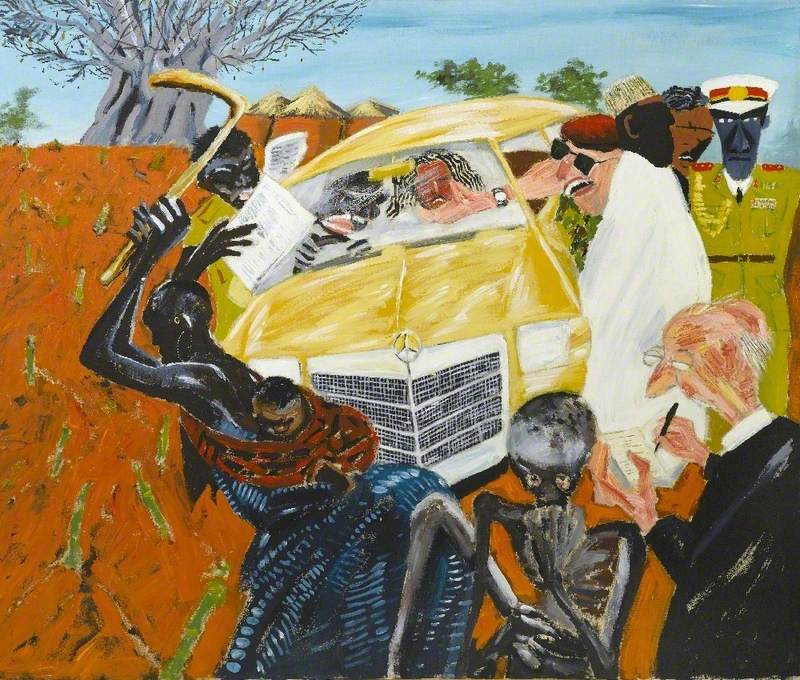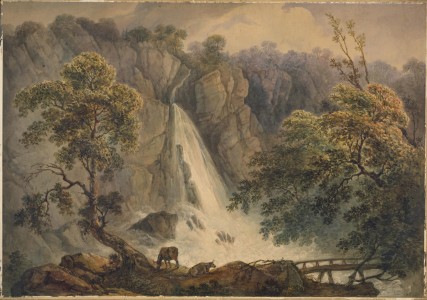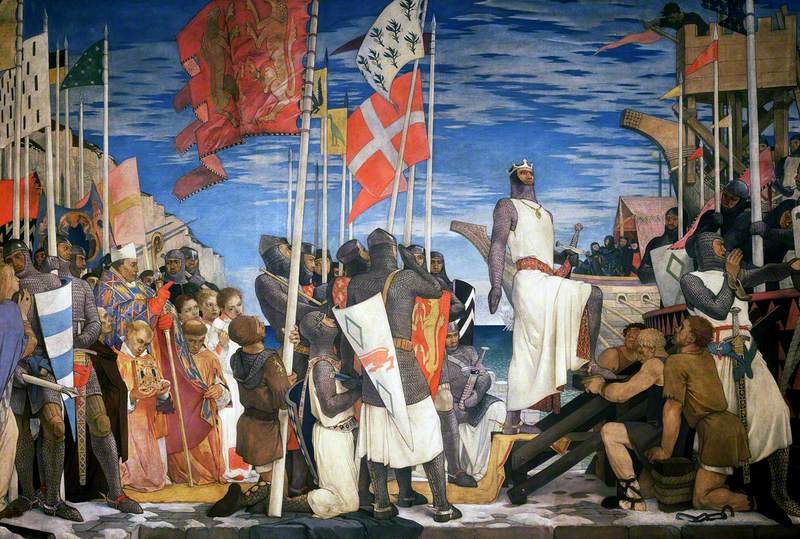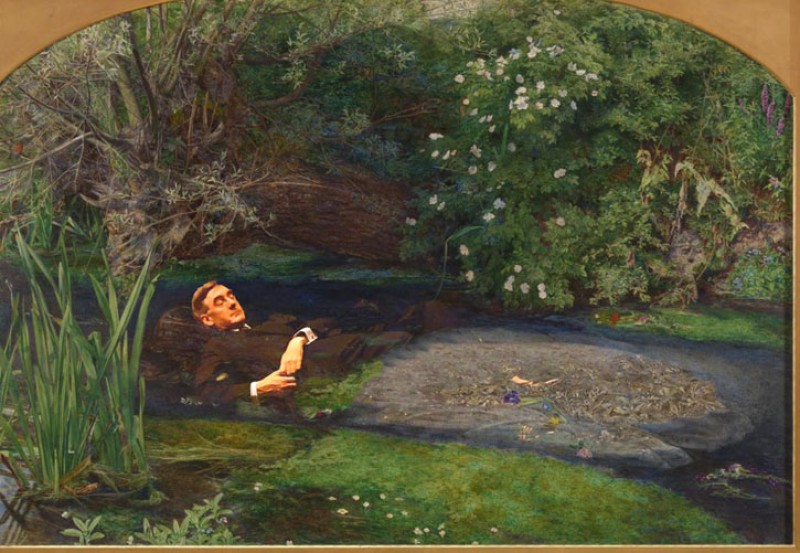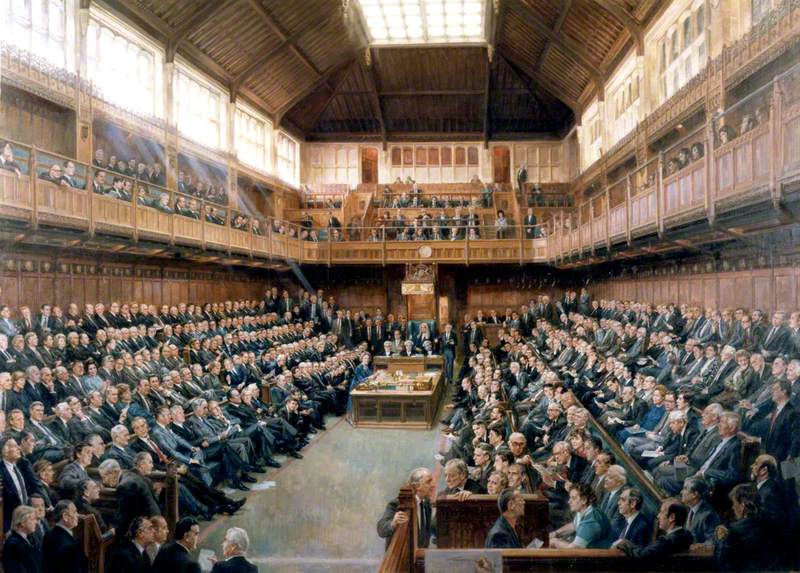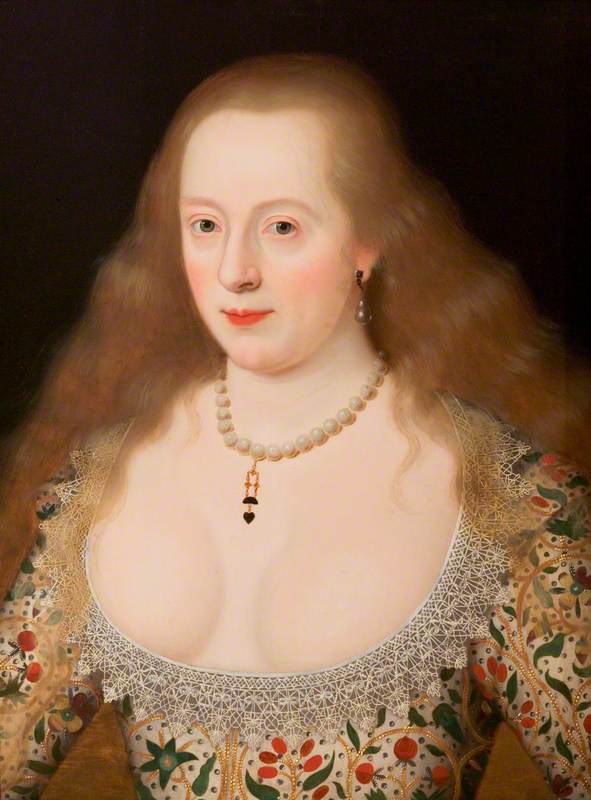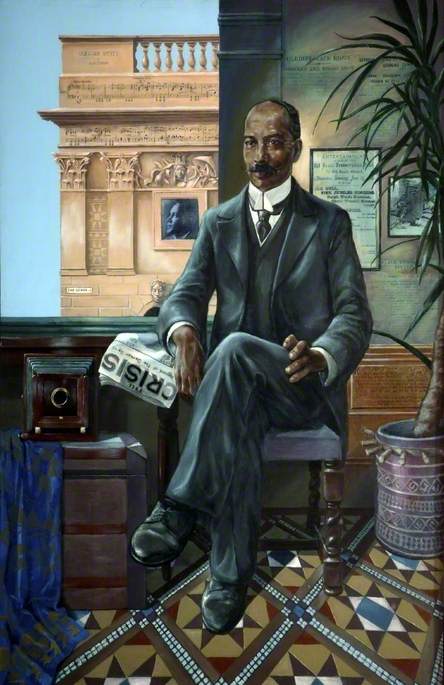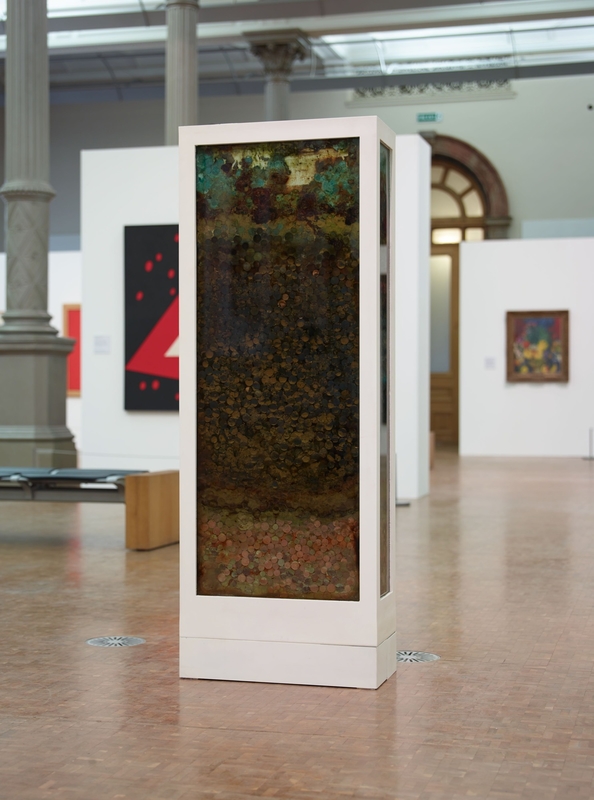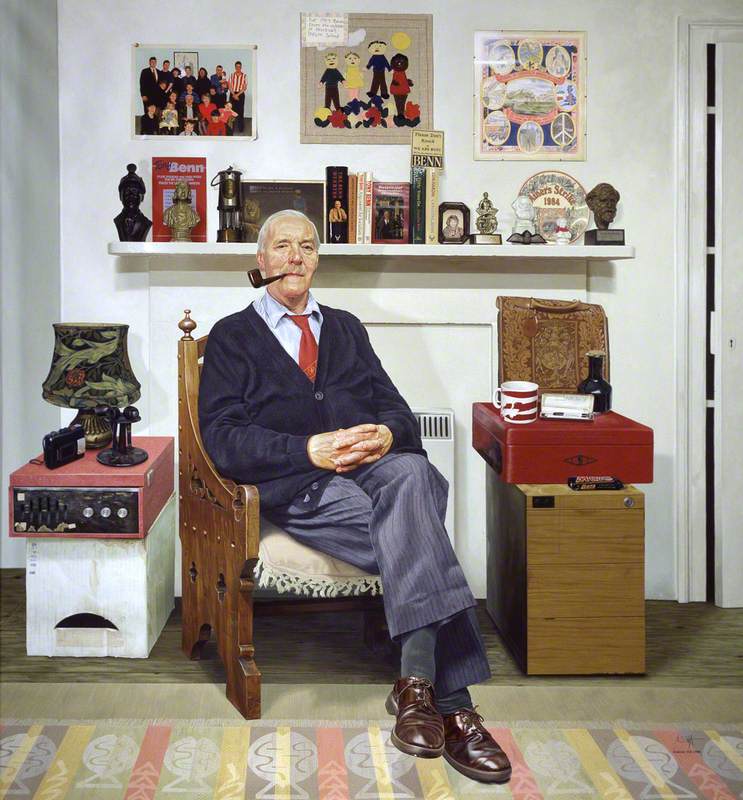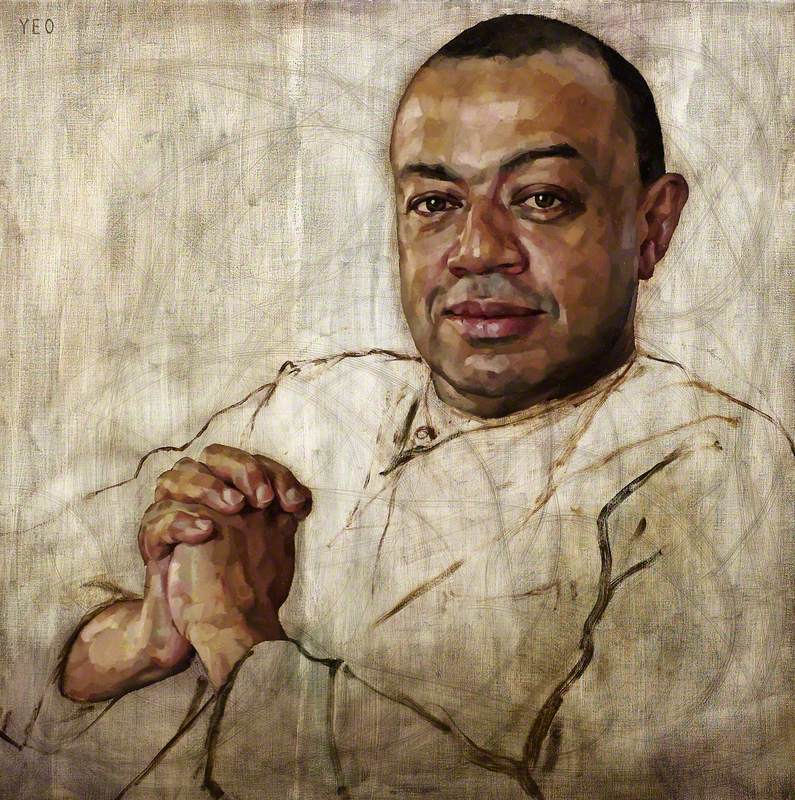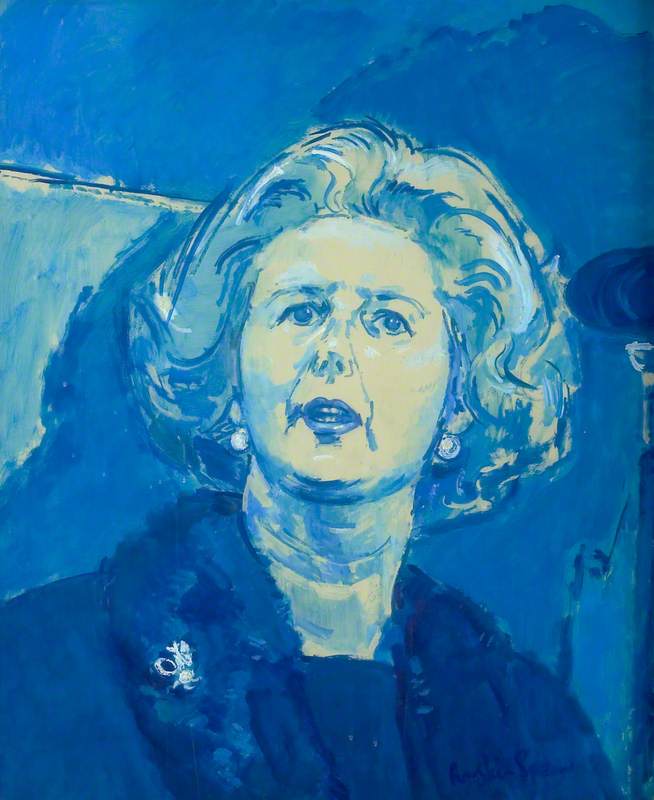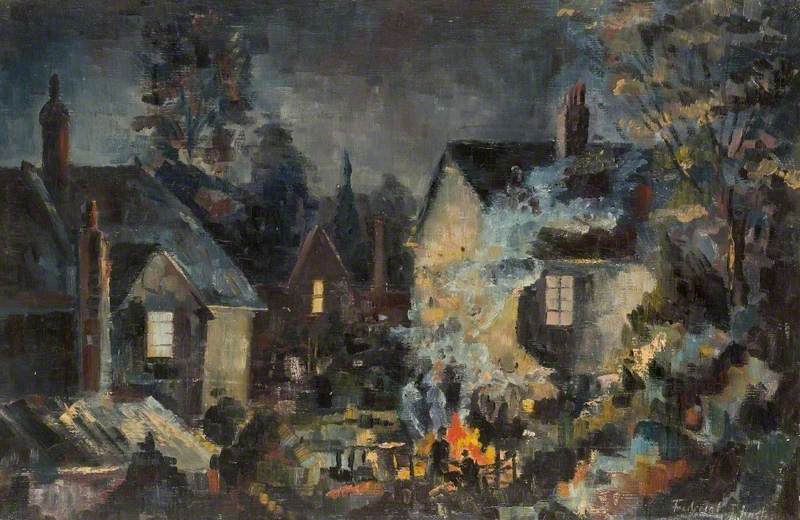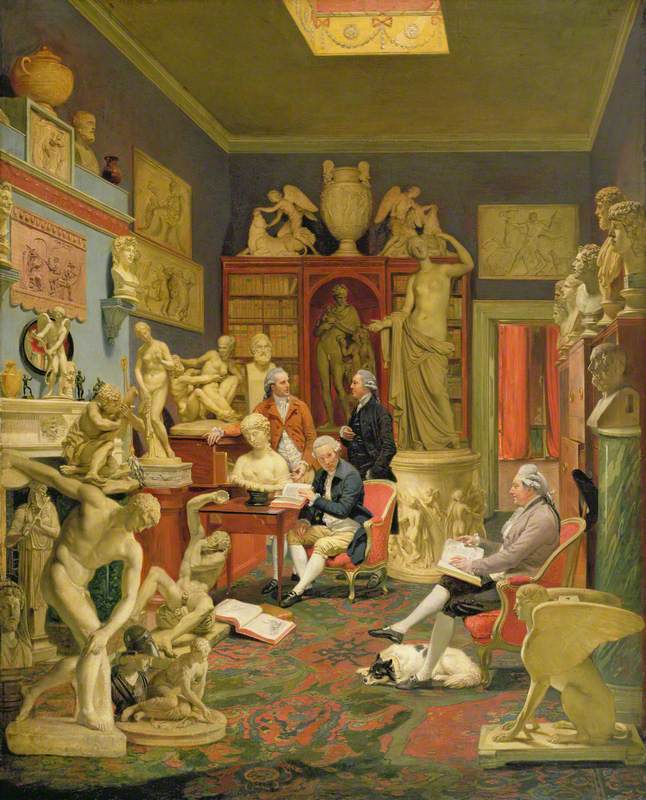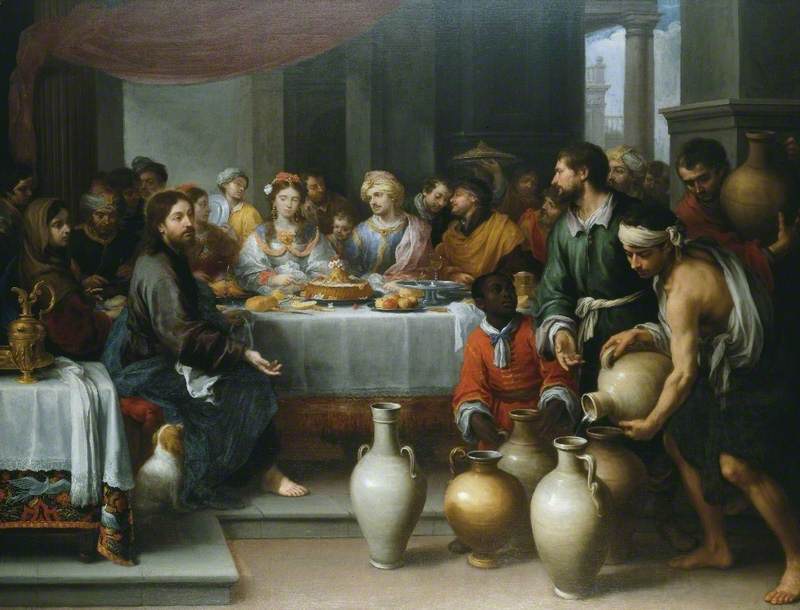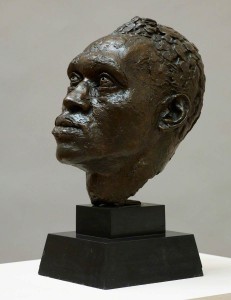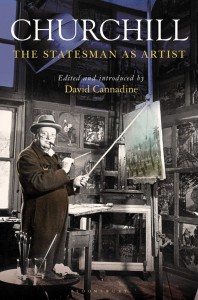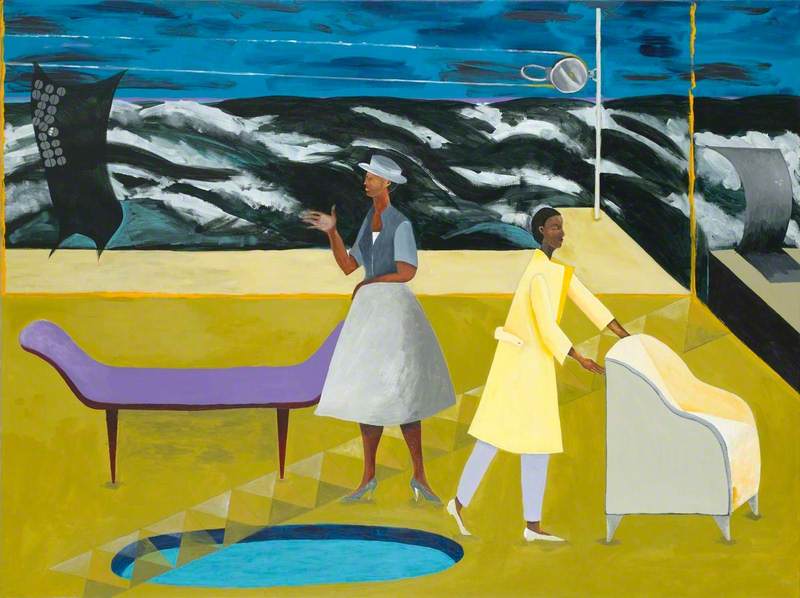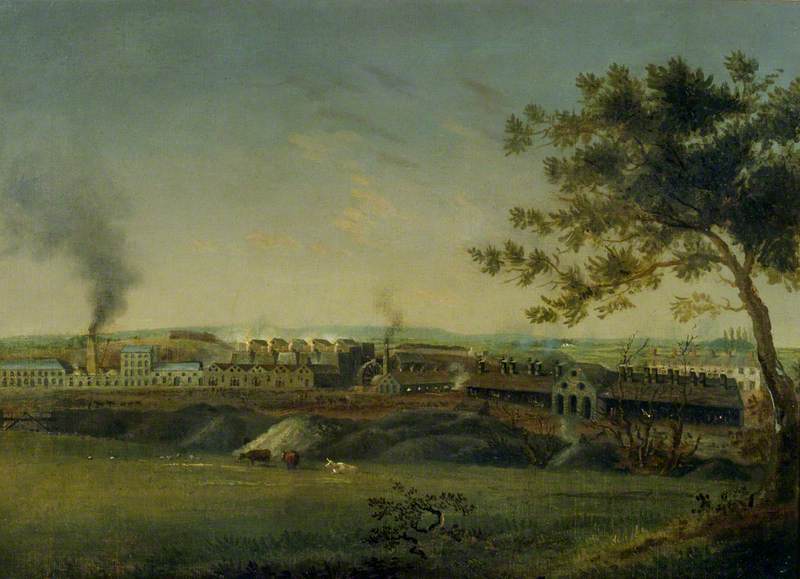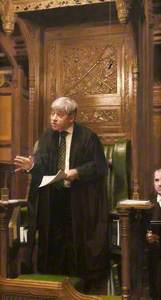The Parliamentary Art Collection is a constant presence for all who work in or visit Parliament. Its purpose has always been to tell the story of the UK’s history and Parliament’s role in the formation of our history. This role continues today and portraiture is a particularly important element of the Collection.
Portraits of parliamentarians recognise the contribution individuals have made, but they also allow us to study them and, through the artist’s skill, learn about the inner life of those who leave a significant mark on the history of Parliament, and by extension the nation. In 2015 we all celebrated the 750th anniversary of de Montfort’s Parliament, the first instance of a parliament which brought representatives from the towns and shires together to discuss matters of national concern. The legacy of this event is the House of Commons as we know it today. Portraits, such as this one of Shirley Williams, Baroness Williams of Crosby by Victoria Russell, remind us how much Parliament has changed over the centuries.
Today we have a House of Commons that actually looks and sounds more like the United Kingdom that has cast ballot papers to elect us. There is still more to be done in terms of representation, and the need to increase the number of women MPs is just one area where improvement is needed. Similarly portraits of women members are not yet plentiful enough to represent the 450 women elected as MPs since they were first allowed to stand in 1918. Portraits like Shirley Williams’, that show a woman who has reached high office – she was the fifth woman ever to hold a cabinet post and went on to be Secretary of State of Education in the 1970s before becoming a founding member of a new political party, the Social Democratic Party – recognise the achievements of women MPs, and provide role models for young women especially and, perhaps, inspire them to stand for Parliament and represent their country in the future.
Victoria Russell worked closely with Baroness Williams while producing this portrait, they spent time together and sittings were held both in the artist’s studio and at Baroness Williams’ home. We see in the sitter determination and commitment alongside reflection on life lived in politics. The artist’s intention 'to capture this integration of the political and the personal in the completed portrait' succeeds.
We continue to strive to make the Parliamentary Art Collection more representative of today’s Parliament. Today it is seen and explored by the many thousands of young people who visit Parliament as part of our education programmes, but it is also a legacy for future generations to discover the stories of Parliament in the twenty-first century.
The Rt Hon John Bercow, Speaker of the House of Commons
